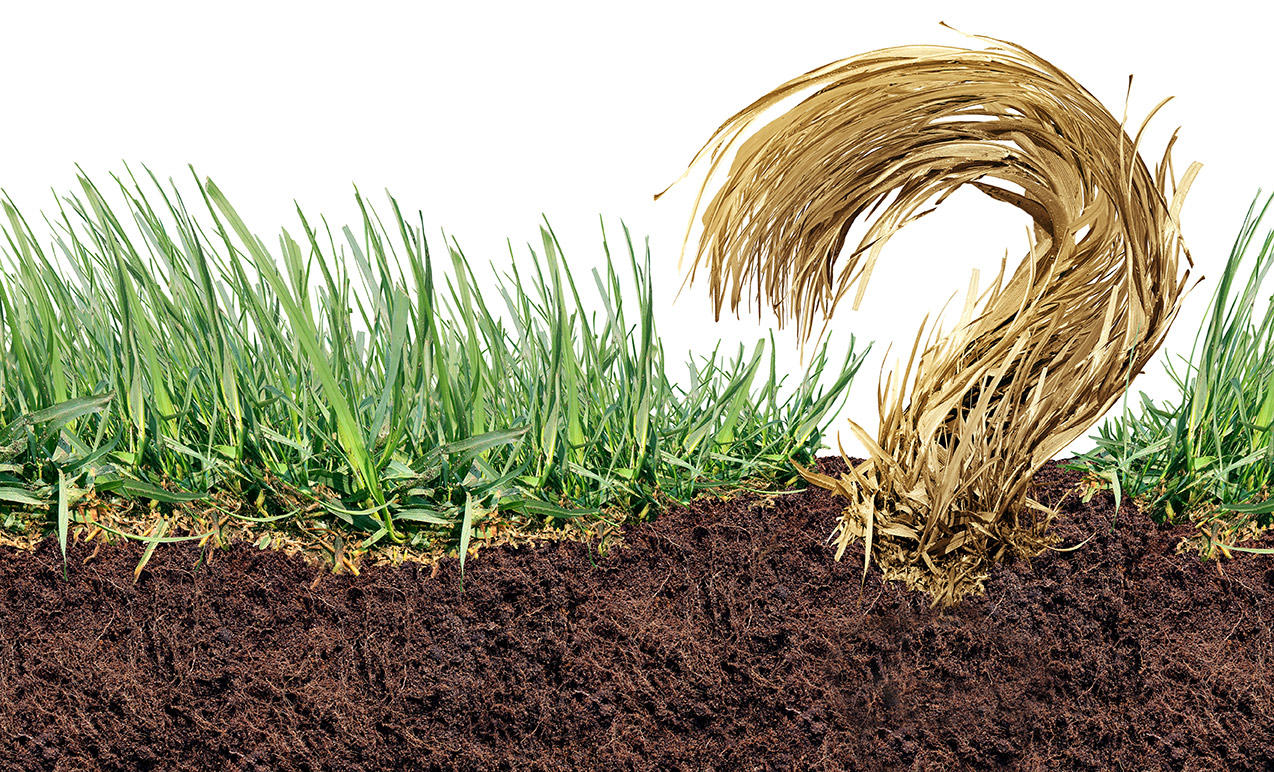
Since the 1950’s, Americans have been having a love affair with their lush, green yards. We love them in spite of the fact they demand mowing, irrigating, pampering and sweet-talking to remain green and beautiful. Each year, we drench our lawns with enough water to fill the Chesapeake Bay – with a volume of 18 trillion gallons! That makes grass – not corn – America’s largest irrigated crop. Some estimates put lawn irrigation at as much as 60% of residential water use.
In many areas of drought-stricken Texas and California, folks are beginning to talk “divorce”…and are getting rid of needy, ornamental grassy knolls that have few practical uses beyond being aesthetically pleasing. Even without mandatory restrictions, it is just common sense to stop wasting thousands of gallons of drinking water on grass that isn’t even thirsty.
When planning a yardscape – or modifying current landscaping – start by selecting turf grasses that require less water. Each grass species has specific strengths and weaknesses. For instance, Bermuda grass is drought-tolerant and disease-resistant. However, it tends to form seed heads and goes brown when dormant. The most common turf grass for Gulf Coast Texas lawns is St. Augustine. Unfortunately, it has very high water and maintenance requirements, but when it receives enough water and fertilizer, it is dark green, lush, and cool on the feet. It is the standard lawn grass installed in Southeast Texas yards and is often the only type available to
homeowners from local nurseries and garden centers.
Research is being done on utilizing native grass blends for lawns, and seed mixes are available that include drought tolerant species. But one of the most effective strategies for offsetting the “water hog” tendencies of turfgrass is to minimize large areas by converting them to mulch and deeply rooted native plantings in hydro-zoned landscape areas.